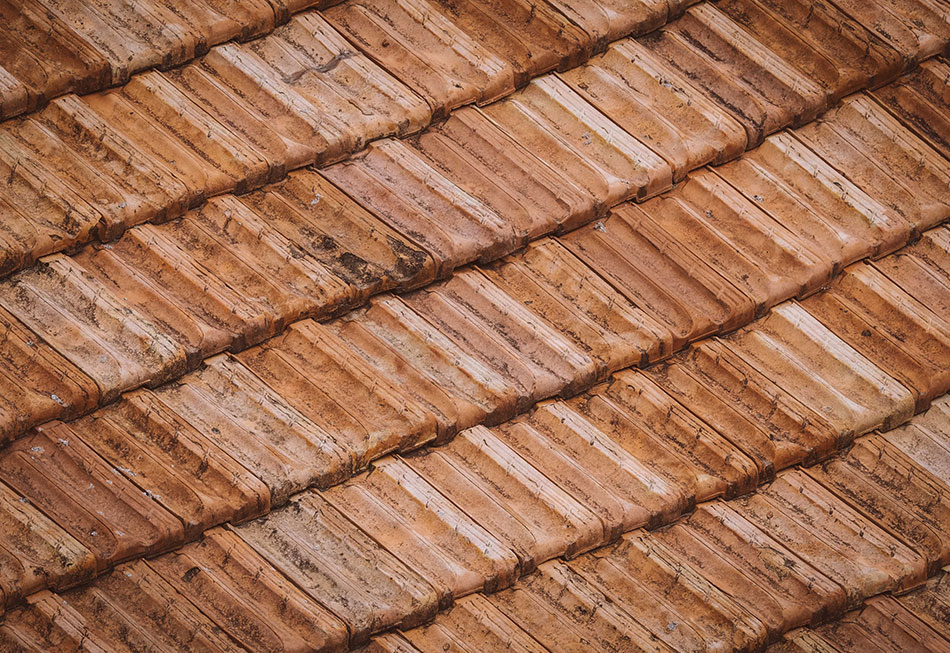
The Ultimate Guide to Painting Roof Tiles
Flaking and peeling roof tiles are just begging you to be repainted. They are an eyesore for sure, but painting roof tiles isn’t just about making your home look good and keeping the neighbours happy. It’s actually a key element of roof tile maintenance.
When you neglect repainting your roof, you can encounter a whole host of problems:
- More heat absorption
- Faster corrosion
- Mould, algae, and mildew growth
A freshly painted roof, on the other hand, prevents all of these problems and brings new life to your home. Vivify Roofing has been installing, repairing, cleaning and repainting the roofs of Melbourne for more than a decade. So before you climb up on your roof and start painting away, let us show you how it’s done with this in-depth guide.
Contents:
- Can Roof Tiles Be Painted?
- Is Painting Roof Tiles a Good Idea?
- How Long Does Roof Tile Paint Last?
- Which Paint is Good For Roof Tiles?
- How to Paint Roof Tiles?
- Want to Avoid Trouble?
If you plan to engage a builder or tradesperson to do small projects, such as roofing and roof cladding, you should check their credentials and take time and care before deciding who to employ. – Consumer.vic.gov.au
Can Roof Tiles Be Painted?
Yes and no. It actually depends on the type of tiles your roof is made of:
Terracotta roof tiles cannot be painted. They are very porous, which means they won’t be coated easily. Furthermore, since most tiles are glazed, the paint will flake off of them quickly. If you paint terracotta roof tiles, it won’t be long before they are an eyesore. Then, you’ll either have to take the trouble to strip the paint or you’ll need to commit to repainting your roof multiple times a year.
Concrete tiles can be painted. When you follow the proper procedure and use the right materials, painting your concrete tiles is the perfect way to bring an aging roof to life again. In fact, as we’ll see in the next section, repainting can actually extend the life of your roof.
You will need approval from Heritage Victoria before making changes to your Heritage property – Heritage.vic.gov.au
Is Painting Roof Tiles a Good Idea?
Yes! Here are some of the chief benefits you will enjoy from regularly repainting your roof:
- UV Reflection. If you choose a UV reflective paint, you can save on energy bills and keep your home cooler in the hot Australian summers. Roofs that aren’t UV reflective will absorb more energy from the sun, which will transfer into the house as heat.
- Protection From Growth and Erosion. Repainting concrete roof tiles adds a new seal of protection. Without that seal, they are exposed to the elements and will erode faster under the stress of wind, rain, heat and snow. Sealing your tiles also prevents unsightly algae and mould from making a home on your roof.
- Longer Life. The added protection from resealing your tiles doesn’t just mean less repairs and less cleaning. It also means that you can get more years of life out of your roof tiles altogether.
- Better Curb Appeal. There is nothing that damages the exterior look of your home more than a flaking roof overgrown with unwelcome plants and fungus. Painting your tiles, on the other hand, is one of the quickest ways to make your home look fresh again. Especially if you are planning on selling in the next few years, repainting your roof is crucial to boosting your curb appeal.
Related: Roof Restoration Melbourne – The Complete Guide
How Long Does Roof Tile Paint Last?
When properly applied, a high quality roof tile paint job should last about 15 years. This lifetime may be shortened by extreme weather or harsh environments. For example, if you live oceanside, the sandy, salty air could hasten the deterioration of your roof paint.
Another factor is how well you maintain your roof. A roof that is painted and then never cleaned could need to be repainted much sooner than one that receives a regular annual roof cleaning. Additionally, you should avoid allowing debris like fallen branches sit on your roof for too long, since they promote unwanted fungal growth that could damage your paint job.
Which Paint Is Good For Roof Tiles?
The best type of paint for concrete tiles is also one of the easiest for homeowners to acquire: acrylic. 100% water-based acrylic paints adhere very easily to concrete and are naturally resistant to scratches and stains.
As far as colour is concerned, take your time choosing something you’ll love. Since you’ll only repaint your roof every fifteen years or so, it’s not a decision you want to rush. Be sure to pick something that goes with the other exterior elements of your home, such as your cladding.
Additionally, ensure that your neighborhood association doesn’t have any restrictions on roof colour. There’s nothing worse than spending a weekend repainting your roof only to discover that you have to undo all of your hard work!
How To Paint Roof Tiles
Now that we’ve answered all the preliminary questions, let’s talk method. Here is a step-by-step process to follow when painting your roof. It’s very similar to what the pros will do if you hire a Melbourne roof painter.
1. Clean Your Roof
No, you can’t just paint over that algae and hope for the best. In fact, failing to thoroughly clean your roof first could take years off of your paint job.
The only real tool for the job is a high pressure power washer. Make sure your hose is long enough that you can access the entire roof without getting tangled. And be sure to use proper safety gear to prevent falls. If your roof is steep or you aren’t physically equipped to climb it, don’t hesitate to call in a professional. A roof paint job isn’t worth your life or wellbeing.
You’ll know the job is done when there are no visible growths or stains on your roof, and when you have made at least one pass on every tile. A clean roof that is free of excess debris and oils will adhere paint better.
2. Evaluate the Condition of Your Roof
Once the tiles have dried, you are in an ideal position to assess if there is any damage that needs to be repaired. If tiles are cracked or missing, you want to take care of that before you paint. Otherwise, you’ll need to repaint sections later on down the line.
You should also be aware of any growths that were not removed by your cleaning. Sometimes, algae or mould can grow so thick that the only real solution is to remove and replace the affected tiles.
3. Repair Any Roof Damage
After evaluating your roof, you need to take care of any of the issues you discovered. Some of the most important repairs to make include the following:
- Small cracks (1 to 2 inches) on the corners of tiles can usually be glued with a concrete adhesive.
- If a crack spans the entire length or width of a tile, the tile should be replaced altogether.
- If the roof capping is damaged, consider seeking professional assistance replacing them. Roof capping replacement can be tricky, and the consequences for fumbling the job are severe.
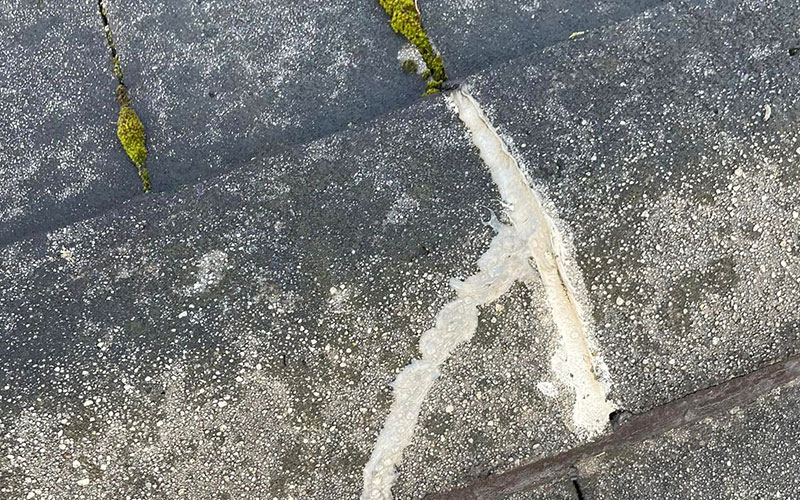
4. Apply One Coat of Primer
Just like painting a room, your roof tiles will benefit from a fresh coat of white primer. Although you might feel like primer isn’t worth the trouble, it’s one of the most important steps to ensuring a quality paint job that lasts for years.
Primer gives the top coat something to adhere to and serves as an extra layer of protection between your tiles and your paint. While you can’t rely on roof paint as a way to repair broken tiles, the primer does help hide the visual effects of cracks and other imperfections.
An airless sprayer is the best tool for the job. Brushes and rollers take a long time and make it almost impossible to apply an even coat that covers all of the nooks and crannies. Any spots that you miss will not take your top coat well, so a thorough priming is key to the rest of the process.
Acratex Roof Primer Surfacer is a Light Grey high build, pigmented, waterbased, 100% acrylic coating. It is designed to be applied to suitably prepared aged and pitted concrete roofs in need of restoration. It has been especially formulated to make it suitable for the collection of drinking water. – Dulux.com.au
Here’s the Dulux Acratex brochure.
5. Apply Multiple Coats of Paint
Multiple coats of paint ensure that your roof colour is vibrant and long lasting. If you rush the job and only apply a single coat, it’s going to fade, peel and flake more quickly. You’ll find yourself having to repaint it much sooner than you would otherwise.
Once the primer has dried completely, apply one coat of your chosen colour. Let this one dry as well and then apply a second coat. A third coat is sometimes necessary, but not always. You can assess by checking for bare patches or uneven spots, especially around the edges of tiles and in crevices.
Each layer of paint should have at least 2 hours to dry, although longer might be necessary. For this reason, you do want to be sure to check the weather reports in order to choose the right day for the job. An ideal day for roof painting is mostly sunny with a zero percent chance of rain. Little to no wind is also important for safety.
Want To Avoid The Trouble? Hire a Professional Roof Tile Painter Instead!
As you can see, the process of painting a roof isn’t very complicated. The steps themselves are fairly self-explanatory.
However, there are a lot of little things that can add up to make the process more troublesome than it appears on the surface. A little extra mildew growth here, a few broken tiles there—all of a sudden you find yourself in something much deeper than a simple do-it-yourself job.
So if you want to avoid all the hassle, save yourself a weekend and ensure that the job gets done to a professional level of quality, reach out to Vivify Roofing today!

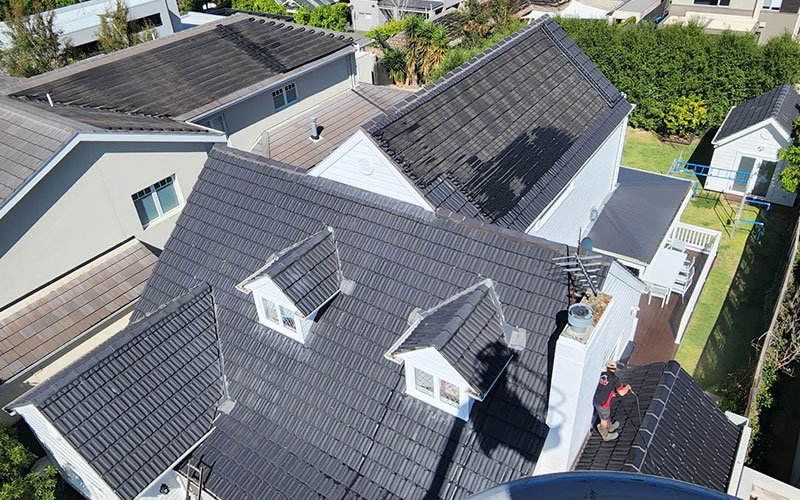
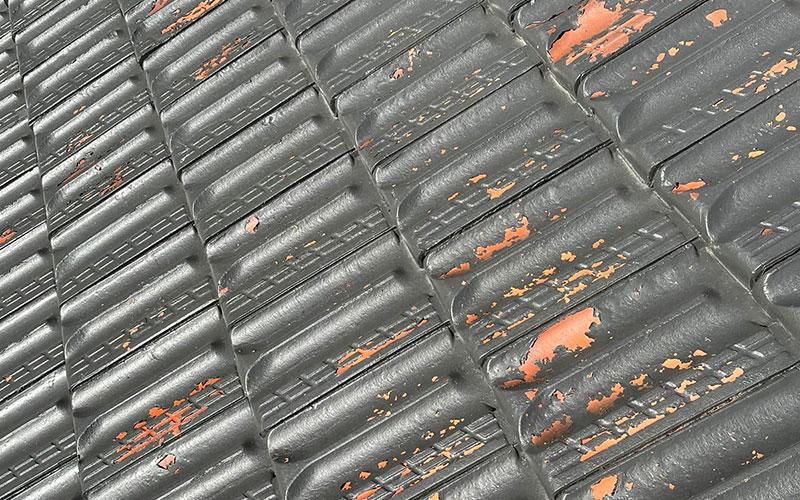
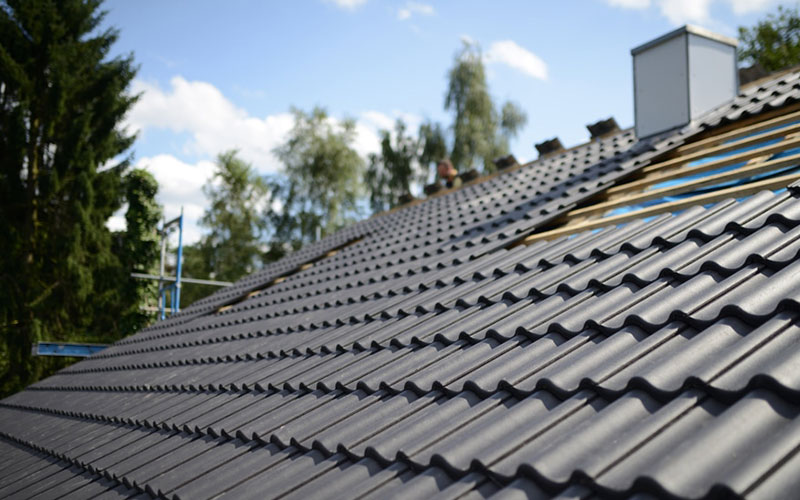

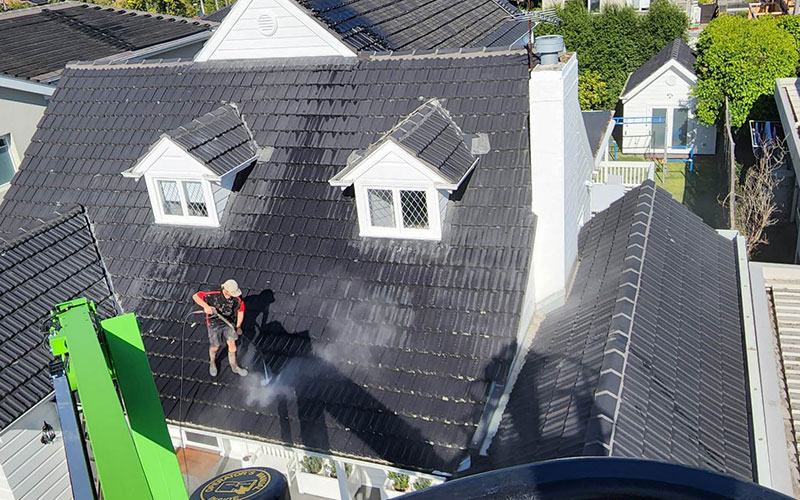
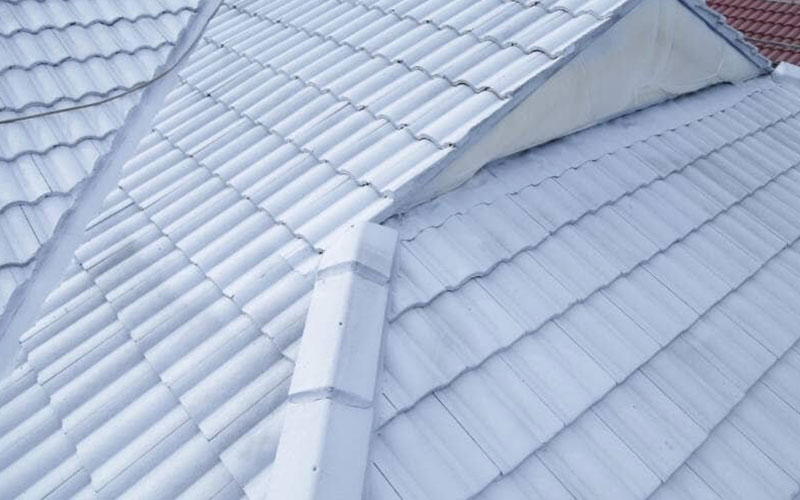
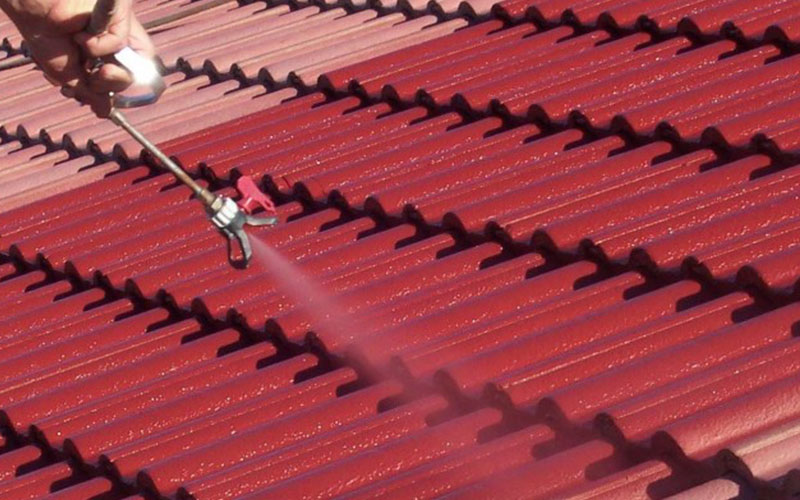
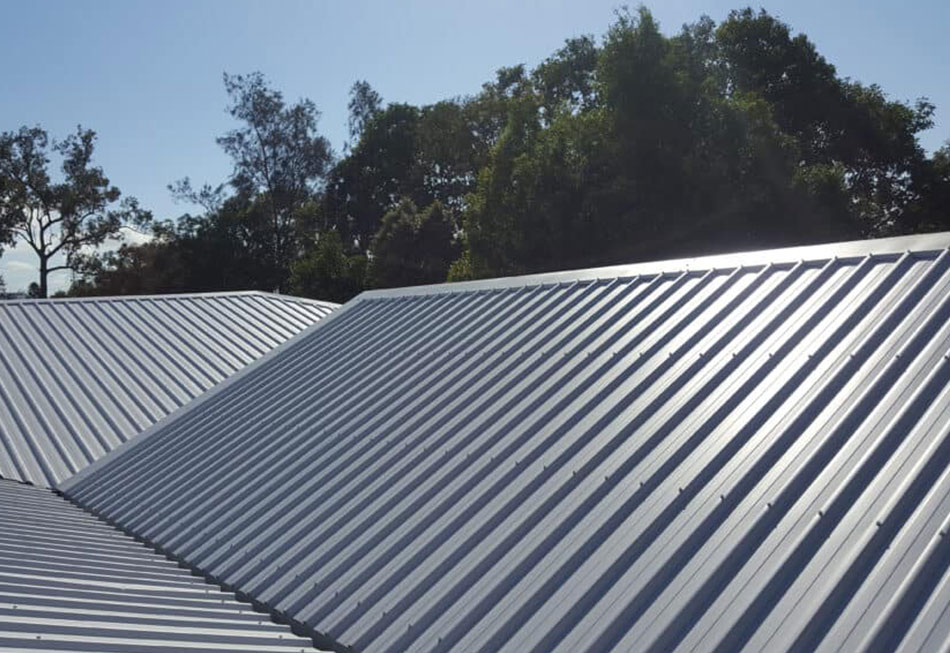
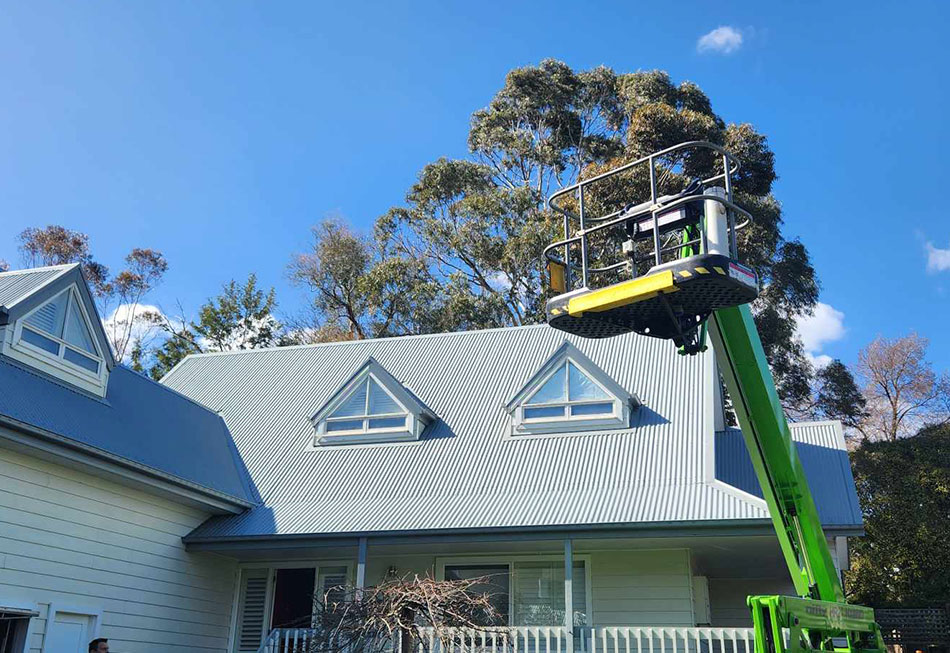


This Post Has 0 Comments